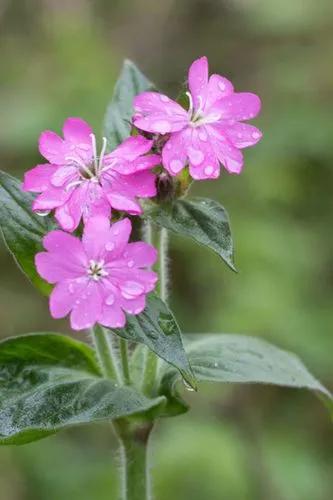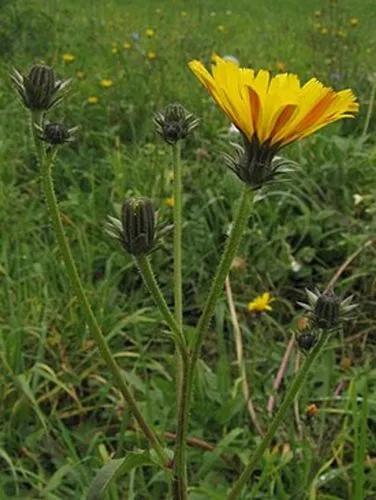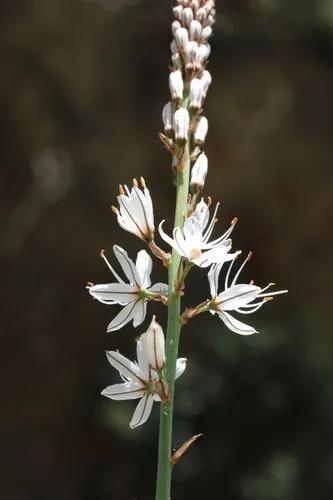Centaurea cyanus, also known as Cyanus segetum, cornflower or bachelor's button, is an annual flowering plant in the family Asteraceae, native to Europe. In the past it often grew as a weed in cornfields, hence its name.
Cornflower Care
centaurea cyanus
Other names: Cyanus Segetum, Bachelor's Button Plant



With their near true blue color and profuse bloom, cornflowers (Centaurea cyanus), also known as Bachelor's Buttons or Bluebottles, are popular garden flowers. Although cornflowers are native to Europe, where they got their common name because they often grew in cornfields, they have made themselves at home in North American and can be found naturalizing throughout most of the continent. The edible flower of the cornflower can be used for culinary decoration, for example to add colour to salads. Cornflowers have been used historically for their blue pigment. Cornflowers are often used as an ingredient in some tea blends and herbal teas.
How to Care for the Plant

Water

Water plants whenever necessary to keep the soil or compost moist during spring and summer, as this will prolong flowering.

Pruning

It is important to never remove more than a third of the foliage in any one year and to cut just above a node on the stem.

Fertilizer

Use a fertilizer formulated specifically for your plant. Avoid over-fertilizing and follow the instruction on the label.

Sunlight

In most cases, plants receiving no outdoor light should be lit from 16 to 18 hours each day. If some additional light is received, 12 to 14 hours each day may be adequate. Lights should be used at the same time that plants receive window light.

Soil

Most often planting instructions will suggest planting in loam soil. Loam soil should be rich in minerals and nutrients for the plants and loose enough that roots and spread out and grow strong.

Temperature

These plants are annual so they can be grown anywhere including areas with the lowest winter temperatures of -50°F and -40°F or -45.6°C and -40°C. They should be planted during the cool season and will decline as the weather heats up.

Container

Choose a pot that is 2.5-5.08 cm (1-2”) larger than the current size.

Popularity

916 people already have this plant 437 people have added this plant to their wishlists
Discover more plants with the list below
Related articles





